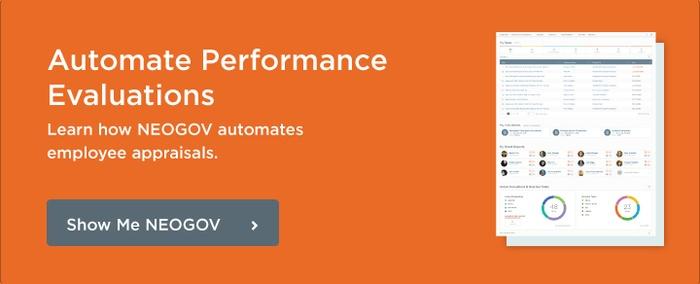We can improve public sector performance if we make decisions about people's practices based on data. One of the biggest initiatives in gathering people data is the Federal Employee Viewpoint Survey. In particular, data from this study points managers towards practices that drive engagement.
So what drives performance? Managers all have their own hunches about which practices lead to higher engagement. The advantage of having data is that it shows which hunches are right, which are wrong, and just as important, which ones are most effective. We don’t have to guess or argue about what we need to pay attention to. The data points us towards the practices that matter.
The study found that the top 5 promising practices were:
• Performance Feedback
• Collaborative/Cooperative Management
• Merit System Principles
• Employee Training and Development
• Work/Life Balance
What is especially encouraging about the research is that the finding are stable. The factors were the same across the three years studied 2013, 2014, and 2015 and across different groups such as generations, supervisory status, military service, agency tenure, telework status, and mission-critical occupations. This striking consistency means we can be confident in advising managers that these are indeed the practices they should be investing time in. Furthermore, these are the practices leadership should be supporting with investments in processes, training, and technology.
There are a couple of reasons why leaders in the public sector need to be particularly interested in HR technology. The first one has to do with the transactional efficiency that technology brings; however it’s a second reason that is of interest here. Technology gives us a chance to do better on those top five ‘promising practices’ for driving engagement.
I’ll just look at one solution here: automated performance solutions. Performance management systems can help with a whole suite of elements of performance feedback, including goal setting, aligning goals that connect performance standard with agency mission and values, and reminding managers to have regular performance feedback meetings. It’s not a coincidence that the software lines up so closely with the actions to promote promising practices. It was those actions that guided the design of the software.
It’s not that technology on its own is going to drive performance, but it is a great enabler and it may be the piece that has been missing from an organization’s efforts to help managers implement effective practice.
-
This leaves us with a few important takeaways:
1. Data analytics is crucial. The analysis of the Viewpoint Survey is a great example of how we can use data to drive action.
2. Managers need to know—and be constantly reminded of—the five most promising practices for driving engagement.
3. HR needs to support the promising practices and should take a close look at what technology can do for them. Technology brings something new to the equation and in most cases it is designed to support practices the research has shown are promising.

